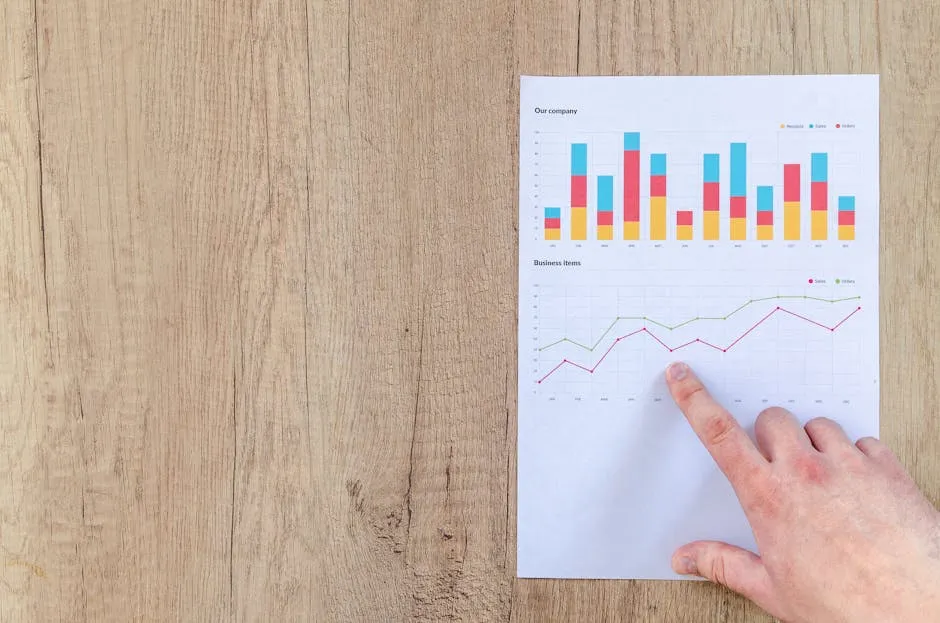Introduction
Micro to macro multilevel modeling connects individual and group data. It’s crucial for understanding complex relationships in research. Using R programming, you can efficiently conduct these analyses to uncover insights.
Understanding R programming is essential for conducting micro to macro multilevel modeling analyses effectively. If you’re new to this, check out R Programming for Data Science by Roger D. Peng. It’s a fantastic resource to kickstart your journey!

Summary and Overview
In multilevel modeling, we distinguish between micro and macro levels. Micro-level refers to individual data, while macro-level pertains to group outcomes. Analyzing data at these hierarchical levels reveals patterns that wouldn’t surface otherwise.
This approach is widely applicable in fields like psychology, education, and social sciences. For instance, researchers may seek to understand how individual student traits influence classroom performance. However, challenges arise, such as potential biases or the need for robust data structures. R provides essential tools to navigate these complexities effectively. Want to deepen your understanding? Consider picking up The Art of R Programming by Norman Matloff. It’s a great book to refine your skills!

Understanding Multilevel Modeling
What is Multilevel Modeling?
Multilevel modeling, also known as hierarchical modeling, analyzes data with nested structures. This approach is essential when individual data points are organized within groups, such as students within schools or patients within hospitals.
Traditional regression models treat all data points as independent. In contrast, multilevel modeling acknowledges the correlation between observations within the same group. It allows us to distinguish between-group and within-group variations effectively.
This method helps researchers understand how individual-level factors influence group-level outcomes. For instance, you can investigate how student motivation affects classroom performance while accounting for school differences. Recognizing these hierarchical data structures is crucial for accurate statistical analysis. For a comprehensive guide, grab Multilevel Modeling of Educational Data by David Kaplan.

Applications of Multilevel Modeling
Multilevel modeling finds applications across various fields, highlighting its versatility. In education research, it can evaluate factors impacting student performance, like teaching methods or school resources. For example, studies may show how classroom dynamics affect individual learning outcomes.
In health research, this modeling approach assesses patient outcomes based on variables like hospital practices or treatment methods. You might explore how a hospital’s organizational culture influences patient recovery rates. To dive deeper into this topic, check out Applied Multilevel Analysis by David A. Kenny. It provides practical insights into implementation.
Organizational behavior also benefits from multilevel modeling. It can analyze how employee characteristics impact team performance or overall company productivity. By examining these dynamics, researchers can provide valuable insights into enhancing workplace effectiveness. Curious about the statistical foundations? Consider reading Statistical Rethinking: A Bayesian Course with Examples in R and Stan by Richard McElreath.

Theoretical Foundations of Micro to Macro Analysis
Micro-Level Variables
Micro-level variables focus on individual traits and characteristics. These variables are crucial for understanding how personal attributes impact broader group dynamics. Examples include age, education, and behavior.
Collecting data at the individual level allows researchers to capture detailed information. Surveys, interviews, and observational methods are common techniques for gathering this data. Once collected, micro-level data can be aggregated to represent group trends.
This aggregation is vital. It enables researchers to analyze how individual data influences group-level outcomes. For instance, understanding how a student’s motivation impacts classroom performance requires examining individual behaviors and then aggregating these insights to evaluate overall class dynamics. If you’re looking for a structured approach, The Elements of Statistical Learning provides a comprehensive foundation.

Macro-Level Variables
Macro-level variables represent group-level outcomes and are significant in many research contexts. These variables are formed by aggregating individual-level data. For example, a school’s average test scores can be derived from the individual scores of all students.
The significance of macro-level variables lies in their ability to summarize complex individual data into meaningful insights. By analyzing these aggregated data points, researchers can identify trends and patterns that inform policy decisions or educational practices. To gain insights into this topic, consider Data Analysis Using Regression and Multilevel/Hierarchical Models by Gelman and Hill. It’s a great way to understand the application of these concepts.
Examples of macro variables include community health statistics or overall economic performance indicators. Understanding how individual characteristics contribute to these macro-level outcomes is essential for developing effective interventions and strategies.

Implementing Micro to Macro Multilevel Modeling in R
Prerequisites for Analysis
To start your micro to macro multilevel modeling journey in R, you’ll need some essential packages. The lme4 package is a popular choice for fitting linear mixed-effects models. For Bayesian approaches, brms offers a flexible framework that integrates seamlessly with Stan. Additionally, the MicroMacroMultilevel package specifically addresses micro-macro modeling situations.
Installation is straightforward. Use the following command in your R console:
install.packages(c("lme4", "brms", "MicroMacroMultilevel"))Before diving into multilevel modeling, it’s crucial to grasp the basics of mixed models. Familiarity with fixed and random effects will greatly enhance your understanding. This foundational knowledge will set you up for success as you explore more complex multilevel frameworks. For an excellent resource on mixed models, check out The R Book by Michael J. Crawley. It’s a comprehensive guide that every R user should have!

Data Preparation
Preparing your data for multilevel analysis is key. Start by ensuring your data is clean and structured correctly. Each level of your hierarchy should be clearly defined. For example, if you’re analyzing students within schools, your dataset should reflect this relationship.
Data cleaning involves removing duplicates and correcting errors. It’s also crucial to handle missing values. You can use imputation techniques or simply exclude missing entries, depending on your analysis needs. Ensure that your hierarchical data structure is in place, as this will affect your model’s performance and outcomes. If you need a solid foundation in data analysis, consider R for Data Science by Hadley Wickham and Garrett Grolemund. It’s a must-read!

Model Specification in R
Specifying your micro to macro models in R requires attention to detail. Begin by using the syntax appropriate for your chosen package. For instance, in lme4, a simple model might look like this:
model <- lmer(outcome ~ fixed_effects + (1 | random_effect), data = your_data)Understanding the difference between fixed and random effects is essential. Fixed effects represent your predictors, while random effects account for variability across groups. When choosing your model, consider the nature of your data and the specific research questions you aim to answer. This choice will significantly influence your results and their interpretation. For further insights, R in Action by Robert I. Kabacoff is a fantastic resource.

Evaluating Model Performance
Assessing Model Fit
Evaluating the fit of multilevel models is crucial. Goodness-of-fit metrics like AIC (Akaike Information Criterion) and BIC (Bayesian Information Criterion) help determine model adequacy. Lower values indicate a better fit, making it easier to compare different models.
In R, you can use the AIC() and BIC() functions after fitting your model. For example:
model <- lmer(outcome ~ predictor + (1 | group), data = your_data)
AIC(model)
BIC(model)Residual analysis is another essential tool. It examines how well the model’s predictions match actual data. Look for patterns in residuals to detect issues. Visual diagnostics, like Q-Q plots or scatter plots of residuals, can reveal non-random patterns. To enhance your analysis, consider Bayesian Data Analysis by Andrew Gelman. It’s an excellent resource for understanding advanced statistical methods.
Use the plot() function to visualize residuals:
plot(residuals(model) ~ fitted(model))This approach helps ensure your multilevel model performs well and meets assumptions.

Interpreting Results
Interpreting multilevel model results requires understanding coefficients. Each coefficient indicates the change in the outcome for a one-unit change in the predictor, holding other variables constant.
Pay attention to significance levels. A p-value less than .05 typically indicates statistical significance. For instance, if a coefficient for a predictor is 0.3 with a p-value of .01, it suggests that higher values of this predictor are associated with increases in the outcome.
When reporting results, clarity is key. Include confidence intervals to provide a range of plausible values for each coefficient. This enhances transparency and helps readers gauge the precision of estimates. A great reference for statistical methods is The Big Book of R by David L. Anderson.
In practical scenarios, consider implications. How do these results inform policies or practices? For example, if a study shows that student engagement significantly boosts academic performance, educators might prioritize engagement strategies.

Please let us know what you think about our content by leaving a comment down below!
Thank you for reading till here 🙂
All images from Pexels




